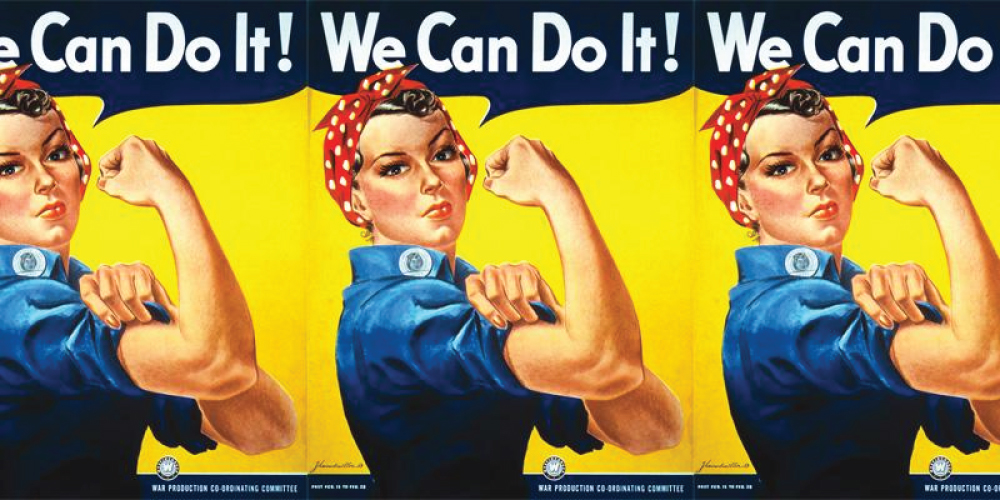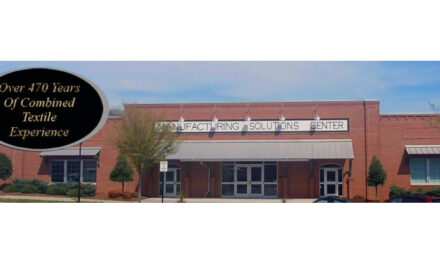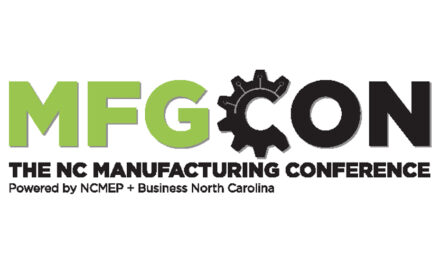The Early Years: Trailblazers in Industrialization
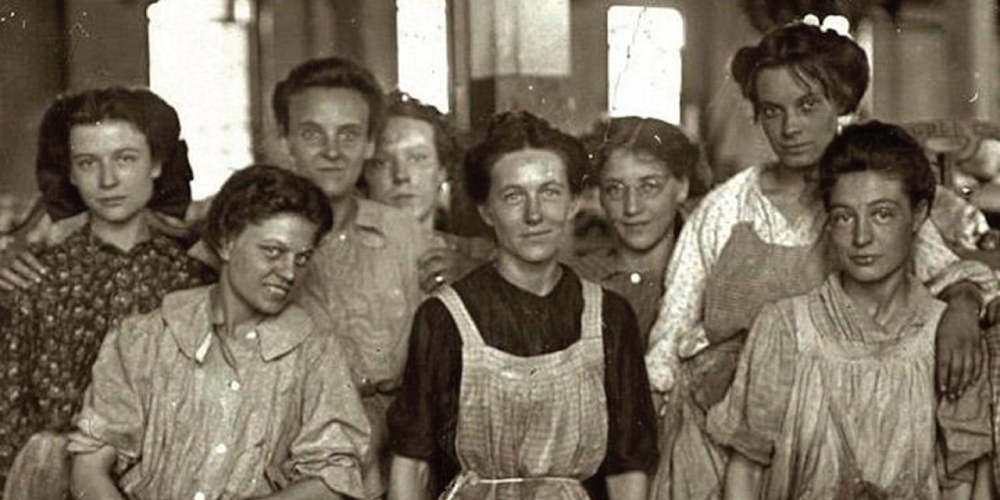
The history of women in manufacturing in the United States can be traced back to the dawn of the Industrial Revolution in the late 18th and early 19th centuries. As factories sprang up across the nation, women became an integral part of the workforce, taking on roles in textile mills, garment factories and other manufacturing facilities. Despite facing discrimination and unequal pay, many women seized the opportunity to gain financial independence and contribute to the burgeoning industrial economy.
One notable example is the Lowell Mill Girls, a group of women who worked in the textile mills of Lowell, Massachusetts, in the early 19th century. These women, primarily from rural areas, were drawn to the promise of steady employment and wages. Despite facing grueling working conditions and long hours, women made up nearly two-thirds of the Lowell Mills workforce. In 1903 and 1912, women played a prominent role in organizing labor strikes and advocating for better working conditions, laying the groundwork for future generations of women in manufacturing to stand up for their rights.
In 1918 the Department of Labor acknowledged women’s labor issues and created the Women in Industry Service (WIS), a cooperative organization advocating for women, run by women. In 1920, Congress passed a law to create a more permanent agency, the U.S. Women’s Bureau. 1920 was also the year the 19th Amendment was passed, providing women the right to vote.
World War II and the Rosie the Riveter Phenomenon
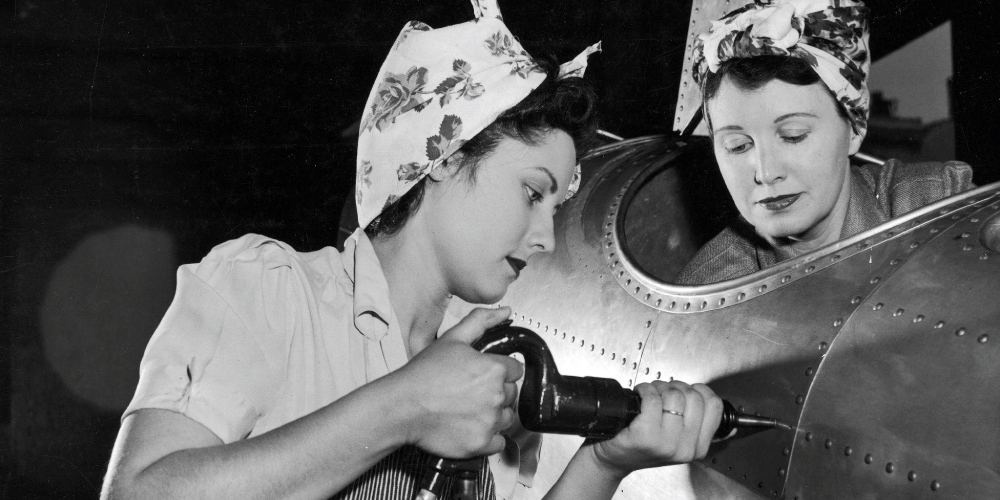
The role of women in manufacturing reached new heights during World War II, as millions of men joined the military, leaving vacancies in factories and production facilities. In response to the labor shortage, more women stepped up to fill these roles, taking on jobs traditionally held by men and the number of women in the workforce grew by 50%. This period gave rise to the iconic image of “Rosie the Riveter,” symbolizing the millions of women who contributed to the war effort by building planes, ships and munitions.
Women from all walks of life, including African American women and other minorities, played crucial roles in manufacturing during this time, breaking down barriers and challenging societal norms. Their efforts helped secure victory in the war and paved the way for more significant opportunities for women in the workforce in the post-war era.
The Post-War Era: Striving for Equality
Following World War II, many women returned to traditional roles in the home as men reclaimed their positions in the workforce. However, the wartime experience impacted women’s perceptions of their capabilities and place in society. The feminist movement of the 1960s and 1970s brought renewed attention to issues of gender equality and workplace discrimination, leading to legislative reforms such as the Equal Pay Act of 1963 and Title VII of the Civil Rights Act of 1964. In 1970, 50% of single women and 40% of married women were employed in the workforce. In the 1990’s, just over 74% of all women, aged 25 to 54 were in the workforce.
These landmark laws helped pave the way for more opportunities for women in manufacturing and other industries, prohibiting discrimination based on gender and ensuring equal pay for equal work. Women began to pursue careers in manufacturing engineering, quality control, management and other specialized roles, challenging stereotypes and reshaping the face of the industry.
The Modern Era: Leading the Way in Innovation
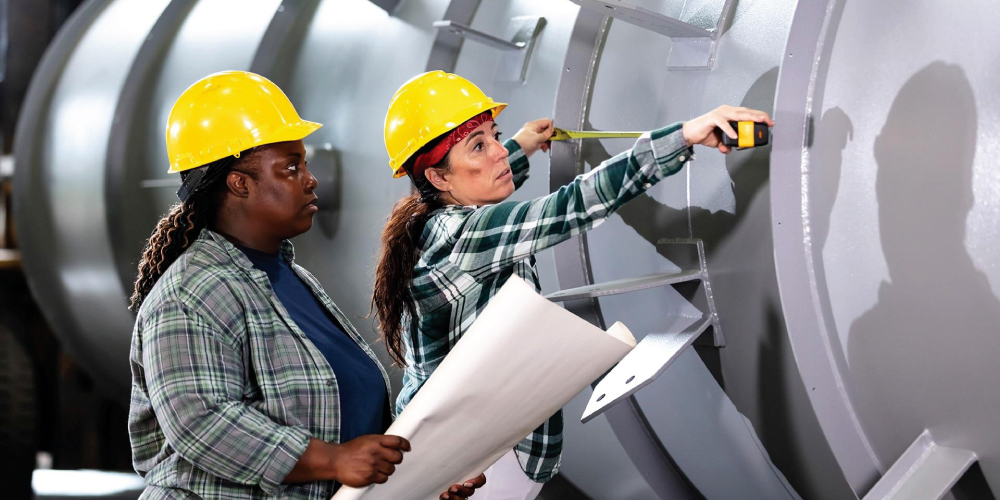
Today, women make up just under half the overall workforce, but they continue to make significant strides in manufacturing, driving innovation and leading some of the world’s most prominent companies. They account for less than a third of manufacturing manual labor but comprise 51.7% of sales and office jobs in the manufacturing industry. From aerospace and automotive to technology and pharmaceuticals, women are making their mark as engineers, scientists, entrepreneurs, and executives, contributing to developing cutting-edge products and technologies.
Looking Ahead: Empowering the Next Generation
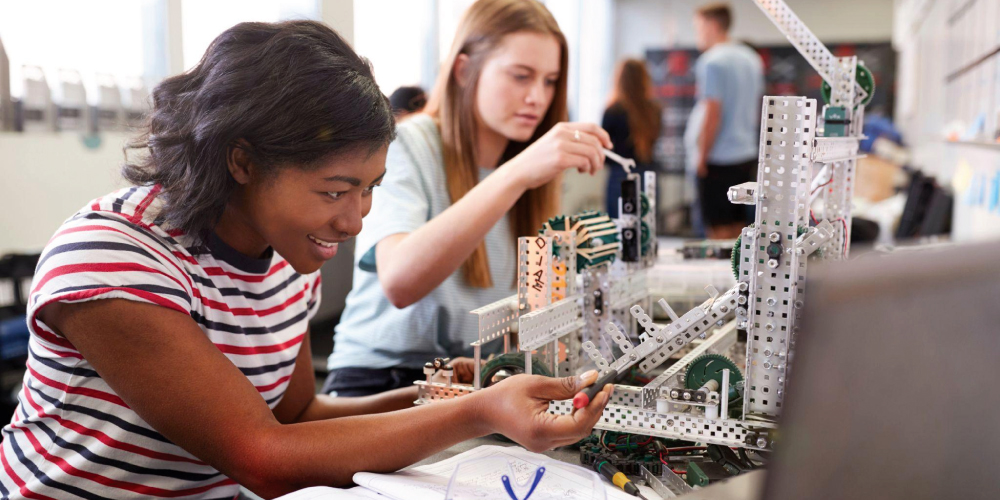
The rapid development and implementation of automation and augmentation requires a more skilled workforce so it is crucial to inspire and empower the next generation of women to pursue careers in Science, Technology, Engineering and Mathematics (STEM) fields. By providing mentorship, education, and opportunities for skill development, we can ensure that women have the support they need to succeed in the manufacturing industry.
From the US Department of Commerce, “Although men still hold the majority (67.9%) of U.S. manufacturing jobs, the Census Bureau’s Job-to-Job (J2J) Flows Explorer shows that from 2010 until the pandemic struck in 2020, the share of women in manufacturing jobs rose in every working-age category up until 2020, when the COVID-19 pandemic started. In 2021, the data shows the numbers going back up to pre-Covid levels. Certain age groups show an even higher spike than before the pandemic. For example, 8.6% of the people who went into manufacturing jobs were women ages 55 to 64 before the pandemic but increased to 9.1% in 2021.”
According to the National Association of Manufacturers (NAM): “Women now account for 29% of the manufacturing workforce. A year ago this week, the Manufacturing Institute, the NAM’s 501(c)3 workforce development and education partner, launched its 35×30 campaign, an initiative that aims to boost women’s share of the manufacturing workforce to 35% by 2030.”
The history of women in manufacturing in the United States is a story of determination and progress. From the early pioneers of the Industrial Revolution to the trailblazers of the modern era, women have played a vital role in shaping the manufacturing landscape and driving innovation forward. As we celebrate Women’s History Month, let us honor the achievements of women in manufacturing.
Check out these sites for more interesting information about Women in Manufacturing:
womeninmanufacturing.org, worldmanufacturing.org, themanufacturinginstitute.org, commerce.gov, deloitte.com, NAM.org, iwpr.org, dol.gov and census.org.

